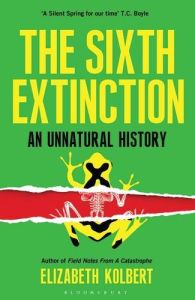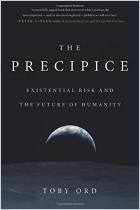Rejoignez getAbstract pour lire le résumé !

Rejoignez getAbstract pour lire le résumé !
Elizabeth Kolbert
The Sixth Extinction
An Unnatural History
Bloomsbury, 2014
Aperçu
Human activity is triggering the largest mass extinction since an asteroid wiped out the dinosaurs.
Recommendation
An asteroid slammed into Earth 66 million years ago, wiping out dinosaurs and decimating birds, mammals, plants and marine life. As New Yorker writer Elizabeth Kolbert reports, that was the fifth time in 500 million years that events almost eradicated life on Earth. The planet is now suffering a “sixth extinction,” but, she writes, this time human beings are the agents of mass destruction. People transform the world with cities, roads and farms; cut down forests; and fill the atmosphere and oceans with unprecedented levels of carbon dioxide. Whole classes of amphibians, birds, mammals and reptiles are on the road to annihilation; the world’s coral reefs may disappear by the end of the 21st century. Kolbert doesn’t sugarcoat her distressing content. She’s a terrific writer who leavens the darkest topics with restrained humor and illuminating stories. While always politically neutral, getAbstract recommends her warning call to policy makers, students, investors and business leaders who are concerned about humanity’s unique position in nature’s balancing act.
Summary
About the Author
New Yorker staff writer, Elizabeth Kolbert wrote Field Notes from a Catastrophe: Man, Nature and Climate Change and The Prophet of Love: And Other Tales of Power and Deceit.




















Comment on this summary